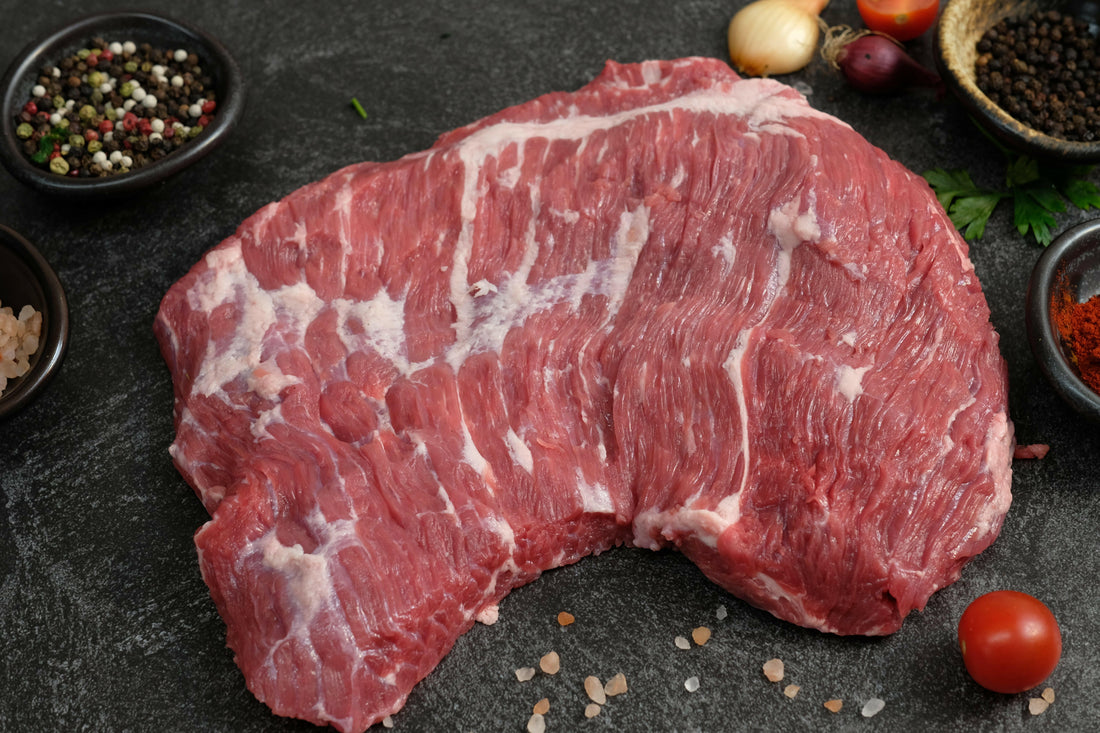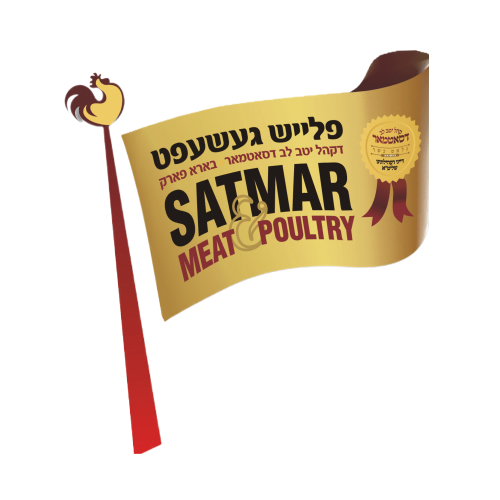
Perfect For Yom Tov 2nd Cut Brisket Recipe
Share
Perfect For Yom Tov 2nd Cut Brisket Recipe: A Simple Guide to Tender Results
When it comes to creating a memorable meal for Yom Tov or any special occasion, few cuts of meat deliver the rich, succulent flavor of 2nd cut brisket. Also known as the point cut or deckle, this marbled piece offers more fat and deeper flavor than its flat cut counterpart, making it perfect for slow cooking methods that transform tough fibers into melt-in-your-mouth tenderness.
This simple recipe requires minimal preparation but delivers maximum flavor. With just a few pantry staples and the right technique, you'll have a brisket that's worthy of your finest table setting.
What Makes 2nd Cut Brisket Special
The 2nd cut brisket comes from the point end of the whole brisket, containing more marbling and connective tissue than the leaner flat cut. This extra fat content means it stays moist during long cooking times and develops incredibly rich flavor. The marbling also makes it more forgiving—even if you cook it a bit longer than planned, it's unlikely to dry out.
When purchasing your brisket, look for a piece that's well-marbled with fat distributed throughout the meat. A typical 2nd cut brisket weighs between 3-5 pounds, making it perfect for feeding a family or having leftovers for the week ahead.
Ingredients You'll Need
- 1 (3-5 pound) 2nd cut brisket
- 2 tablespoons margarine (room temperature)
- 2 teaspoons kosher salt
- 1 teaspoon freshly ground black pepper
- 2 tablespoons Montreal steak spice
- Parchment paper
- Heavy-duty aluminum foil
Step-by-Step Preparation
Prepare the Brisket
Remove your brisket from the refrigerator 30 minutes before cooking to bring it closer to room temperature. Pat the surface completely dry with paper towels—this helps the seasonings adhere better and promotes better browning.
Season Generously
Spread the room-temperature margarine evenly across the entire surface of the brisket, including the sides. This creates a base layer that helps the seasonings stick and adds richness to the final product.
Sprinkle the salt and pepper evenly over the margarine-coated surface, followed by the Montreal steak spice. Press the seasonings gently into the meat to ensure they adhere well. The Montreal steak spice adds a perfect blend of garlic, coriander, and other aromatics that complement the beef's natural flavor.
Wrap for Success
Place the seasoned brisket in a deep roasting pan, ensuring there is enough room around the meat for even cooking. Cover the top of the brisket tightly with parchment paper, pressing it gently against the surface of the meat to lock in moisture. Then, cover the entire pan securely with aluminum foil, creating a sealed environment that will help the brisket cook evenly and stay tender. This method traps heat and ensures the flavors are concentrated, resulting in a juicy and flavorful final product.
The Cooking Process
Preheat your oven to 350°F. Place the wrapped brisket on a rimmed baking sheet to catch any potential drips and slide it into the preheated oven.
Cook at 350°F for exactly one hour. This initial higher temperature helps develop deeper flavors and begins the breakdown of tough connective tissues.
After the first hour, reduce the oven temperature to 250°F and continue cooking for 6 hours. This low and slow method is crucial—it allows the collagen in the meat to slowly convert to gelatin, creating that signature tender texture that falls apart at the touch of a fork.
Resist the urge to unwrap and check on the brisket during cooking. Each time you open the package, you release valuable steam and slow down the cooking process.
Testing for Doneness
After 7 hours of total cooking time, carefully unwrap one corner of the brisket and test for tenderness with a fork. The meat should offer little resistance and easily shred when pulled. If it's still firm, rewrap and continue cooking in 30-minute intervals until it reaches the desired tenderness.
The internal temperature should reach at least 195°F, but tenderness is a better indicator than temperature alone. Some briskets may need up to 8 hours total cooking time, depending on their size and thickness.


